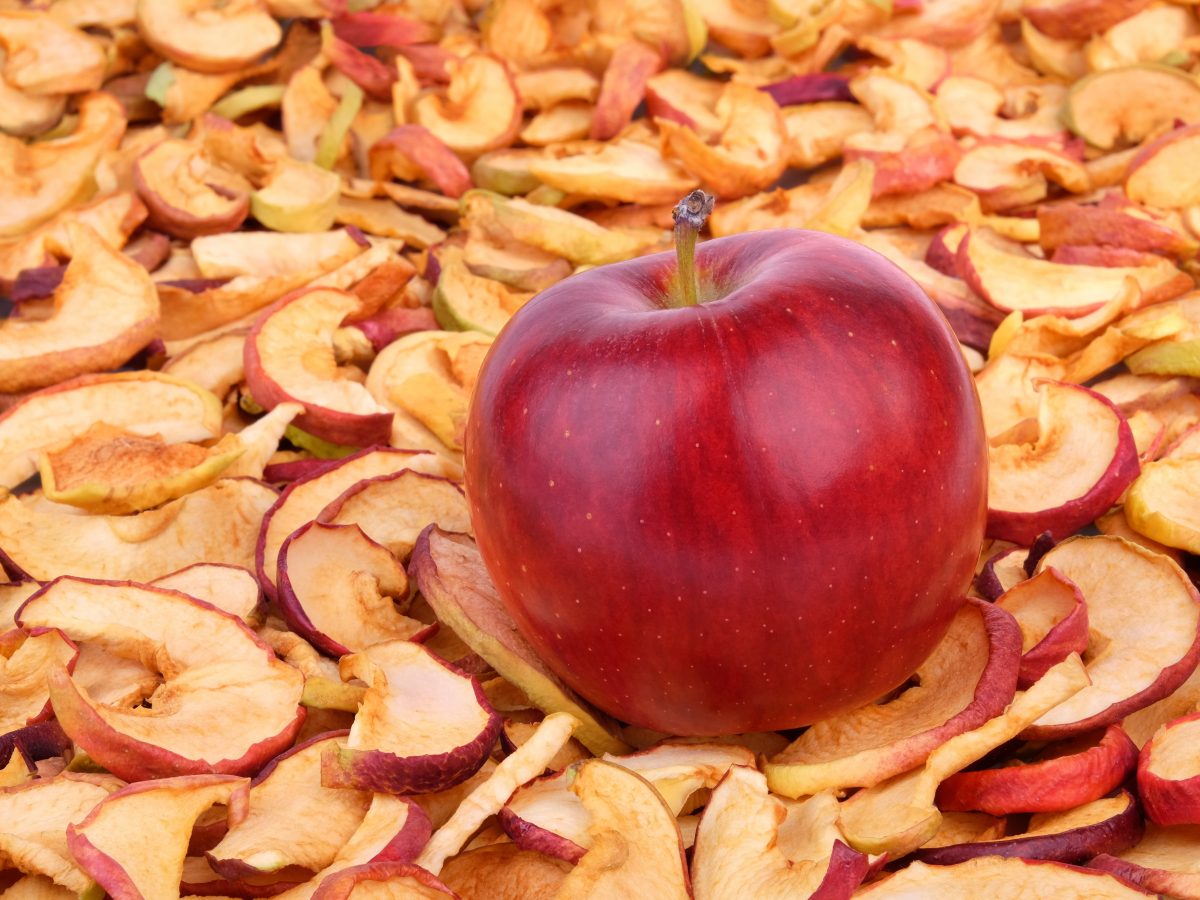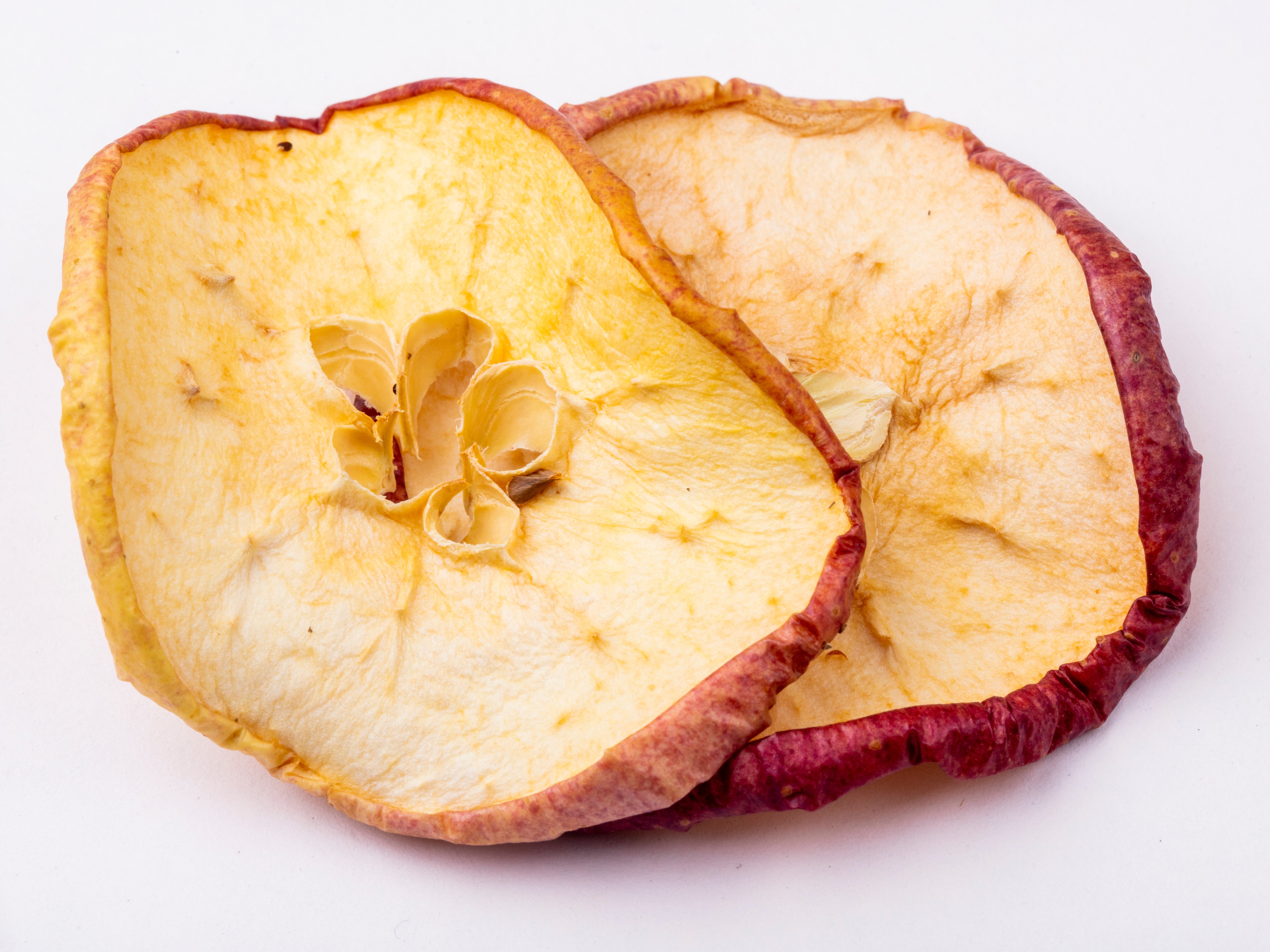Scientists at Brisbane’s Queensland University of Technology (QUT) have collaborated with Sri Lankan researchers to develop a cost-effective way to predict drying times for fruit, vegetables and other plants.
The Australia-Sri Lanka project team, led by Dr Charith Rathnayaka, a computational scientist in QUT’s Faculty of Science and Engineering, and supervised by QUT’s Professor YuanTong Gu, developed a computational model that simulates the micromechanics of single plant cells undergoing drying. or dehydration.
They chose much-studied apples as their representative experimental plant food material.

A Queensland-Sri Lanka research team has developed a cheaper, faster, better way to ascertain the optimal drying time for fruit and veg – using apples as their trial produce. Credit: Shutterstock
The trial findings
The trial apples were dried and imaged simultaneously, then compared with predictions of optimal dryness made on the basis of computer simulations.
Experimental data revealed the tissue of the drying apple in microscopic detail, enabling the scientists to see the differences at all points between ‘fresh’ and ‘extremely dried’ conditions (with the resulting imagery featured in the journal Soft Matter).
The team’s meshfree-based computational model demonstrated conclusively its ability to simulate ‘the behaviour of stress and strain in a plant cell being compressed at different levels of dryness’.
The implications
“By developing the computational model, it is possible to estimate how the cells are being damaged when they are being processed for preservation, storage or packaging,” Dr Rathnayaka explained to QUT News.
“This innovation has the potential to influence the future of food-drying processes globally in terms of reducing cost, optimising food processing, energy conservation and increasing dried-food shelf life,” he said.
Dr Rathnayaka said the study’s findings, published recently in academic journal PLOS One, could lead to better designs for the industrial drying of fruits, vegetables or any other plant biological material.
The tool makes it simpler to predict optimal drying times for specific types of fruit and vegetables, helping processors determine precisely how long to dry fresh produce to preserve its nutritional qualities and aesthetic appeal.
The computational model could also help those harvesting and processing produce under extreme climatic conditions. The model enabled accurate evaluation and prediction of various plant-food tissues’ resistance to drought and/or heat. Hence, it could be used to ascertain a crop’s likely performance during periods of drought and extreme heat events.
The research was co-authored by Dr Chaminda Karunasena from the University of Ruhuna in Sri Lanka, Dr Chathura Wijerathne from Uva WEllassa University, Badulla, Sri Lanka, and Dr Wijitha Senadeera from the University of Southern Queensland.
Source: Food mechanics recipe to serve up healthy food that lasts I QUT News


